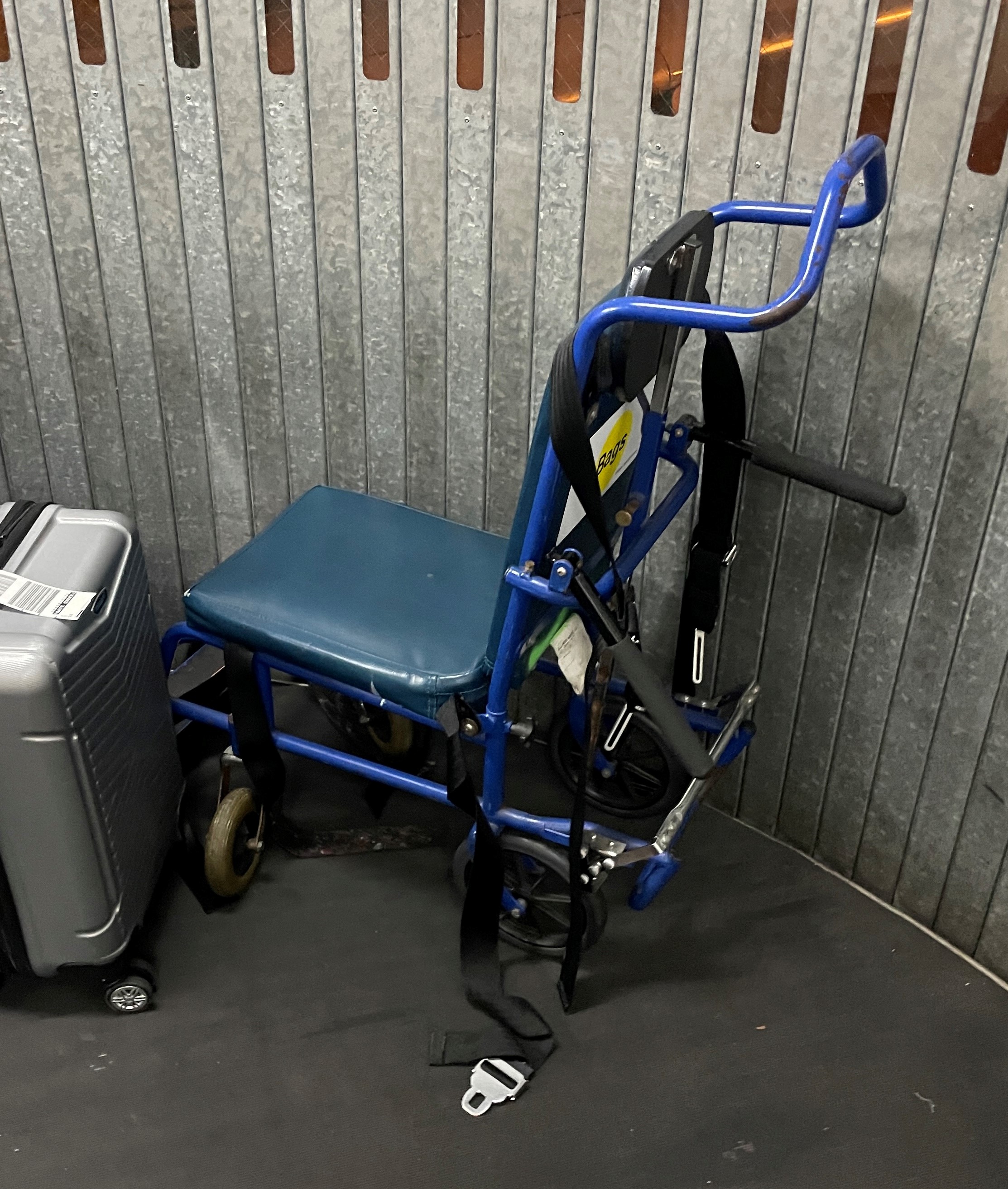Traveling by plane can be challenging for those with reduced mobility, especially when transporting an electric wheelchair. However, airlines are required to accommodate these devices as long as they meet certain requirements. This article discusses the regulations and recommendations for traveling with electric wheelchairs and mobility scooters.
Regulations and Recommendations for Electric Wheelchairs
Airlines must transport your wheelchair as long as it fits in the cargo hold, either by checking it or carrying it in the cabin. However, you cannot use your personal wheelchair to move to your seat on the plane. For this purpose, airlines provide a special chair designed to move through the aisle and access the seat. This same chair can also be used to go to the bathroom during the flight if necessary.
Electric wheelchairs, as well as mobility scooters and other battery-powered mobility products, are classified into three categories based on the type of batteries they use:
- Non-Spillable Wet Batteries: These batteries are designed to prevent spills and are suitable for air travel. They must remain in the chair and be properly secured in the cargo hold of the plane.
- Nickel-Metal Hydride or Dry Batteries: These are also suitable for air travel and, like non-spillable wet batteries, must remain in the chair during the flight and be securely fastened.
- Sealed Lead Batteries (Absorbent Glass Mat and Gel): These are the most common in electric wheelchairs. They are safe for air travel and must remain in the chair in the plane's cargo hold, ensuring they are well secured.
In the case of lithium-ion batteries, which are less common, they must be removed from the chair and transported in the cabin as hand luggage. This is due to regulations on lithium battery safety in flight, as they pose a higher fire risk if not handled properly.
Traveling with Mobility Scooters
As with electric wheelchairs, airlines are required to transport mobility scooters. The regulations and recommendations for transporting these devices are similar to those described above for electric wheelchairs.
Mobility scooters also use various types of batteries, and their classification and treatment during air transport follow the same guidelines:
- Non-Spillable Wet Batteries: Remain in the scooter and must be securely fastened in the plane's cargo hold.
- Nickel-Metal Hydride or Dry Batteries: These batteries can also remain in the scooter and must be properly secured.
- Sealed Lead Batteries (Absorbent Glass Mat and Gel): Common in scooters, they must remain in the device and be securely fastened.
- Lithium-Ion Batteries: Must be removed from the scooter and carried in the cabin as hand luggage.
Additional Tips for Traveling with Electric Wheelchairs and Scooters
- Prior Communication: It is crucial to inform the airline about your need to transport an electric wheelchair or mobility scooter at the time of booking and again before the flight. This ensures that the airline is prepared to handle your mobility equipment appropriately.
- Documentation and Labeling: Provide detailed information about the battery specifications and the model of your chair or scooter. Clearly label your equipment to avoid confusion during handling and storage.
- Security Inspection: Arrive at the airport with sufficient time to allow for extra time for the security inspection of your mobility equipment. Airport security authorities may require additional time to review and approve the transport of batteries and electronic devices.
- Maintenance and Preparation: Ensure that your wheelchair or scooter is in good working condition before the trip. Perform any necessary maintenance to avoid problems during transport.
In conclusion, traveling with an electric wheelchair or mobility scooter is possible and supported by airline regulations. By following the recommendations and ensuring proper communication with the airline, you can ensure a safe and hassle-free journey.
